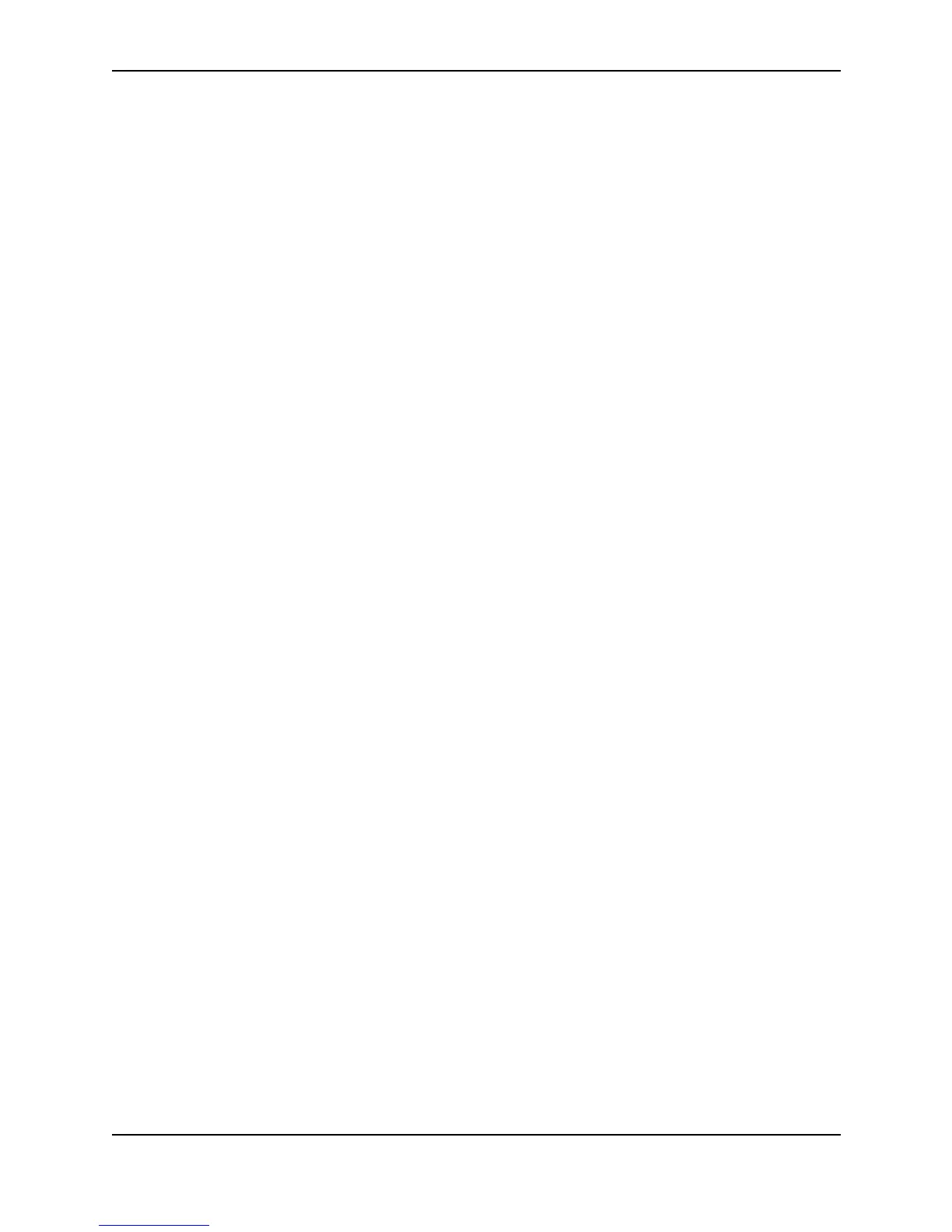Software Overview
December 2000 8 - 23
IP Route Filters
You can use IP route filters to control the following:
• Routes learned (cached) by the router. IP route filters applied to inbound traffic affect the routes that the
router learns.
• Routes advertised by the router. Filters assigned to outbound traffic affect the routes that the router
advertises.
You specify whether the filter is applied to incoming or outgoing traffic by adding individual filters to filter groups
and assigning the groups to specific ports.
For details on RIP filters and how to configure them, see “Configuring RIP Route Filters” on page 16-13.
You can control the RIP neighbors from which the router learns RIP updates by defining RIP neighbor filters.
Neighbor filters either permit or deny RIP updates from the specified neighbor.
IPX Routing
Foundry routers support the Internet Packet Exchange (IPX) protocol created by Novell™. IPX is based on a
client-server networking architecture.
The Routing Information Protocol (RIP) and the Service Advertisement Protocol (SAP) are two key components of
Novell NetWare and its IPX protocol suite. By default, Novell NetWare versions 3.x and 4.x broadcast RIP and
SAP updates at 60 second intervals.
Up to four different IPX network numbers and frame encapsulation types can be defined for each IPX interface on
a Foundry router. Therefore, you can define and receive traffic from four separate IPX networks on a single
interface. Each of the networks must have a distinct network number and encapsulation type (Ethernet SNAP,
Ethernet 802.2, Ethernet 802.3 and Ethernet II). These are the same encapsulation types supported for IPX
switching (see “IPX Router Acceleration” on page 8-20).
IPX Forward Filters
You can define IPX filters to control client access to servers. For example, if you want to restrict access to a print
server to specific users, you can define a filter group containing filters that check for the source IPX addresses and
nodes of those users. The filter explicitly permits users that match a filter to access the print server specified by
the destination address, destination node, and socket number of the print server.
For details on IPX filtering and how to configure the filters, see “Define and Assign a Forward Filter and Group” on
page 23-5.
IPX/RIP and IPX/SAP Filters
In addition to controlling client access to servers, you can control the following:
• Client access to other IPX networks. You control client access to other IPX networks by filtering IPX/RIP
routes received or advertised by the Foundry router.
• Client access to services. You control service by filtering IPX/SAP service advertisements sent by the
Foundry router. To do so, configure SAP access lists. See “Configuring IPX SAP Access Control Lists
(ACLs)” on page 23-9.
For information on configuring IPX/RIP and IPX/SAP filters, see “Define and Assign an IPX/RIP Filter and Group”
on page 23-7 and “Configuring IPX SAP Access Control Lists (ACLs)” on page 23-9.
AppleTalk Routing
Foundry routers support Phase II AppleTalk routing. Foundry’s implementation supports all the following
AppleTalk protocols:
• EtherTalk Link Access Protocol (ELAP) – AppleTalk physical layer protocol
• Datagram Delivery Protocol (DDP) – AppleTalk equivalent of IP/UDP
• AppleTalk Echo Protocol (AEP) – AppleTalk equivalent of IP/ICMP
